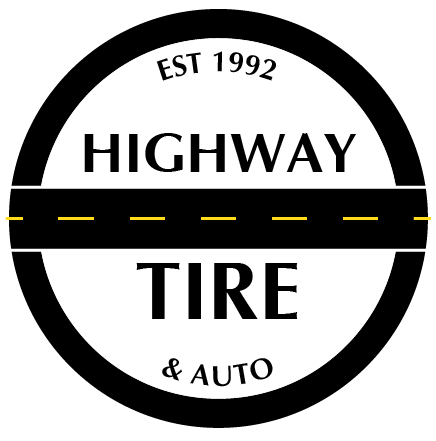Check Engine Lights and What Do They Mean
We’ve all been there, driving along singing to our favorite song, when out of the blue, a little light displays on your dash. A light that was absent from the scene, just mere seconds ago.
Understanding Your Check Engine Light: What It Means and What to Do
The check engine light—those three little words (or rather, that glowing dashboard symbol) can strike dread into the heart of any driver. It’s vague, it’s ominous, and it often appears at the worst possible time. But what does it really mean when that light flickers on? Is it a minor glitch or a sign of impending automotive doom? Let’s dive into the world of check engine lights, demystify their meaning, and explore the steps you should take when they illuminate.
What Is the Check Engine Light?
The check engine light, often depicted as an engine outline or the words “Check Engine,” is part of your vehicle’s onboard diagnostics system (OBD-II). Introduced in the 1990s, OBD-II monitors your car’s engine, transmission, and emissions systems for issues. When it detects a problem, it triggers the light to alert you. Think of it as your car’s way of saying, “Hey, something’s not quite right here!”. The light can glow steadily or flash. A steady light typically indicates a non-emergency issue, while a flashing light suggests a more serious problem, like an engine misfire, that requires immediate attention. Ignoring either can lead to costly repairs or safety hazards, so understanding the potential causes is key.
What are the most common causes?
1- Loose or faulty gas cap
2- Oxygen sensor issue
3- Catalytic converter problem (hopefully not, it tends to pricey)
4- Mass airflow sensor
5- Spark plug or ignition coil issue
6- emissions system failure
What to Do When the Light Comes On
Seeing the check engine light can feel overwhelming, but don’t panic. Here’s a step-by-step guide to handling it:
1. Check for Obvious Issues: Start with the basics. Is your gas cap loose? Tighten it and see if the light resets after a few drives. If it’s damaged, replace it.
2. Assess Your Car’s Behavior: Is the car running normally, or are there symptoms like rough idling, poor acceleration, or strange noises? A flashing light or noticeable performance issues mean you should head to a mechanic ASAP.
3. Use an OBD-II Scanner: Many auto parts stores offer free diagnostic scans to retrieve the trouble code. These codes (like P0300 for a misfire) pinpoint the issue, giving you or your mechanic a starting point. You can also purchase an affordable OBD-II scanner for home use.
4. Visit a Mechanic: If the issue isn’t obvious or persists, a professional mechanic can diagnose and repair the problem. Be wary of shops pushing unnecessary fixes—always ask for the trouble code and an explanation.
5. Don’t Ignore It: Even a steady light can indicate a problem that worsens over time, like a failing catalytic converter. Addressing issues early can save you from expensive repairs.
The Bigger Picture
The check engine light is more than just a nuisance—it’s a window into your vehicle’s health. Modern cars are complex, with hundreds of sensors and systems working together. The OBD-II system is designed to catch problems early, protecting your wallet, your safety, and the environment. While it can be tempting to ignore a steady light, especially if your car “seems fine,” doing so risks bigger problems down the road.
If you’re a DIY enthusiast, investing in an OBD-II scanner and learning to interpret codes can empower you to take control of minor issues. For more complex problems, a trusted mechanic is your best ally. Either way, the check engine light is your car’s way of asking for help—listen to it.
Final Thoughts
The check engine light doesn’t have to be a mystery. By understanding its causes, taking prompt action, and staying proactive with maintenance, you can keep your vehicle running smoothly and avoid costly surprises. Next time that light pops on, you’ll know it’s not the end of the world—just a nudge to give your car the attention it needs.

